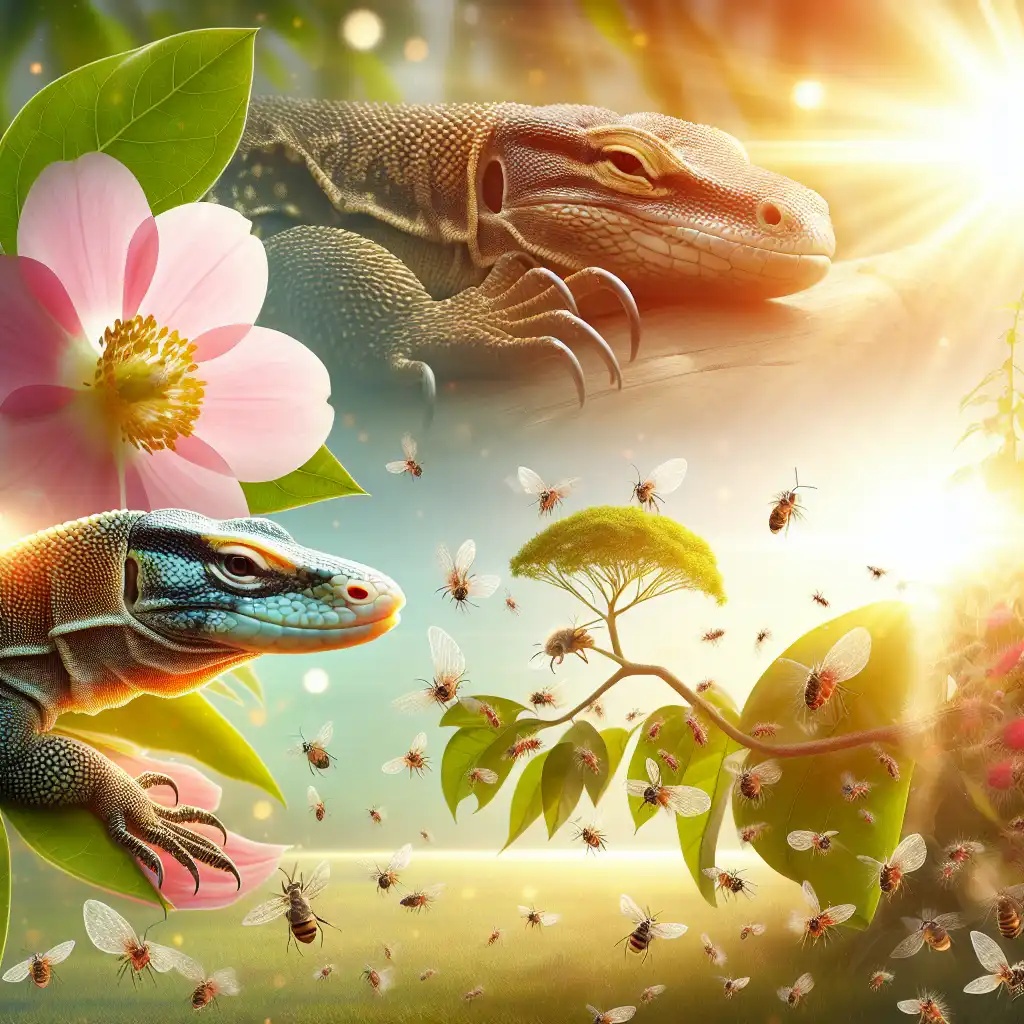
Parthenogenesis
Science Context
Parthenogenesis occurs mainly in scientific discussions about biology and reproduction.  In our lab, we study bee parthenogenesis to understand colony dynamics.
In our lab, we study bee parthenogenesis to understand colony dynamics.
No Gender Required
Parthenogenesis is a form of reproduction where a female alone can produce offspring.  Whiptail lizards utilize parthenogenesis, as no males exist in their population.
Whiptail lizards utilize parthenogenesis, as no males exist in their population.
Mythology Reference
The concept of virgin birth in parthenogenesis may remind some of stories from Greek mythology.  Parthenogenesis is not just myth; it's a real reproductive strategy among some species.
Parthenogenesis is not just myth; it's a real reproductive strategy among some species.